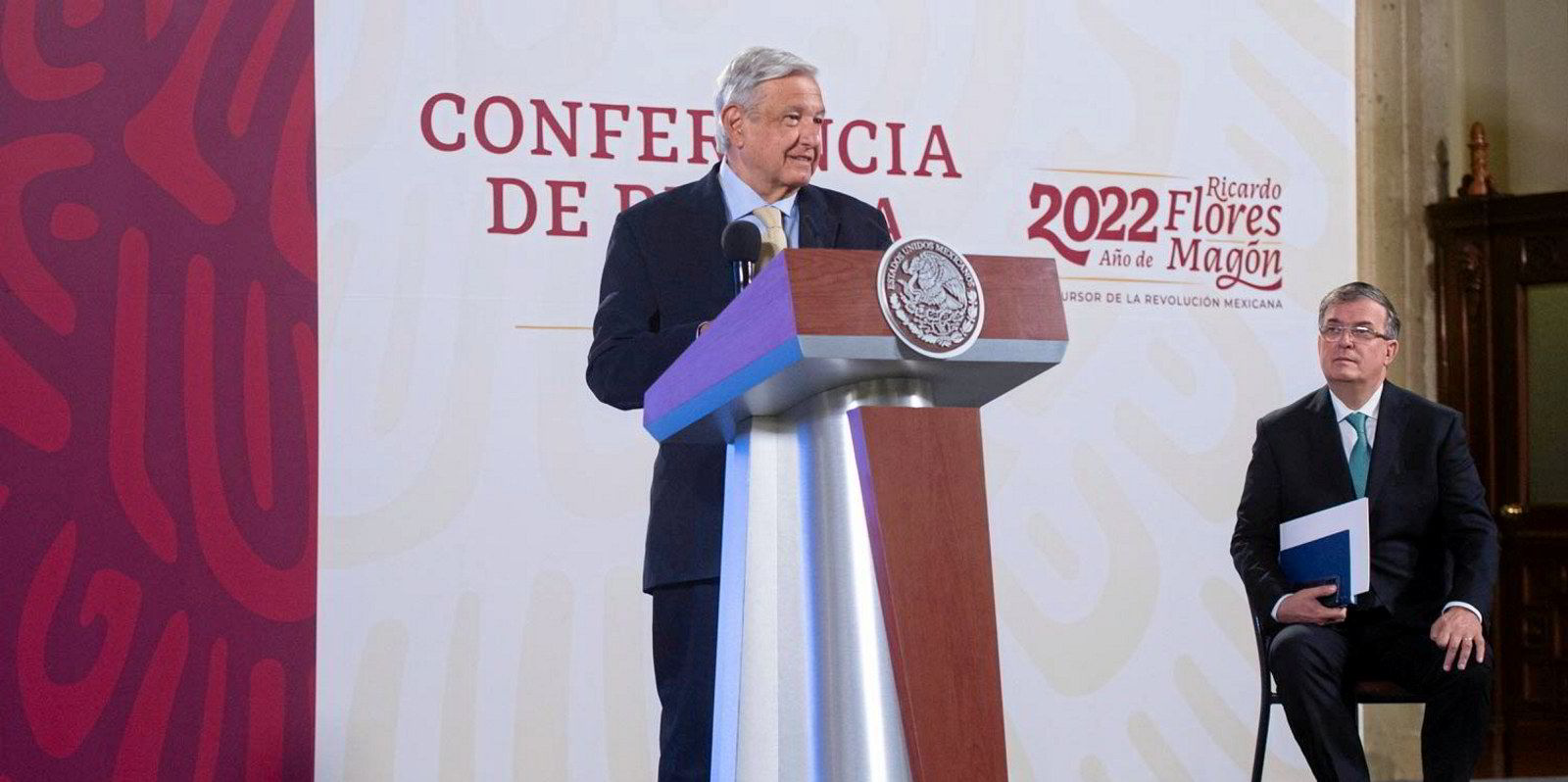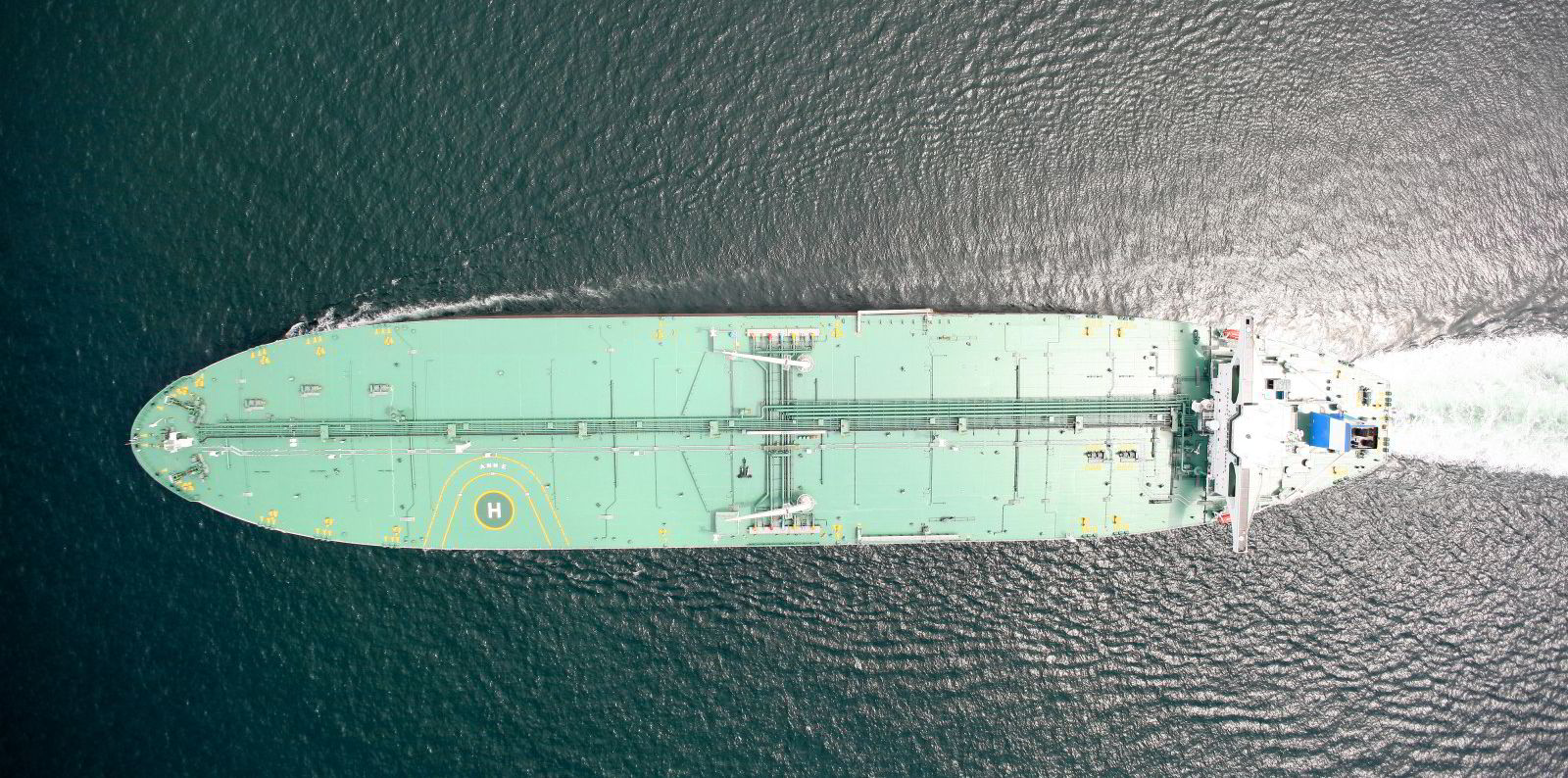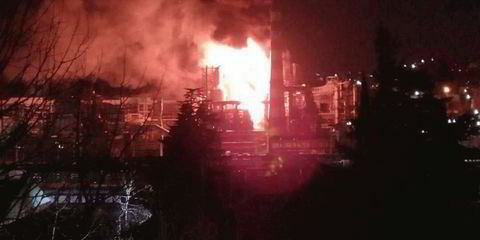MR product tankers are pegged to suffer as LRs taking advantage as fallout from Russia’s invasion of Ukraine continues, Barry Rogliano Salles (BRS) said in a note on Monday.
The French shipbroker said the flight from Russian oil cargoes is set to hit product tanker trades in the near term, leaving a 1m barrel per day gap in the market and potentially imperilling the expected tanker recovery.
The French shipbroker said 60% of Russian gasoil cargoes are lifted on MRs, leaving those ships to take a “significant” hit as charterers pass on Russian cargoes due to sanctions and payment concerns.
“[MRs] therefore have the most to lose in the event of Russian products being shunned,” BRS said in the note.
“Indeed, we anticipate that unites previously trading in Russia will be forced to ballast elsewhere in search of employment and we therefore expect that tonnage lists in the Mediterranean, US Gulf, Northwest Europe, Caribbean and West Africa will lengthen.”
BRS further argued tightness in the US product market and a potential ban on Chinese exports to cap prices would favour larger LR tankers with sourcing shifting to India and the Middle East.
Ultimately, the broker said the International Energy Agency's 60m barrel reserve release and demand destruction would bridge the gap left by Russia.
“Although we are still trying to quantify this, preliminary analysis suggests that in the wake of sustained, exceptionally high prices, around 1.6m barrels per day of global total oil demand could be under threat which would delay [the tanker recovery],” BRS said.
MR rates have rallied in both the Atlantic and Pacific basins after Russian forces began pouring over the border into Ukraine on 24 February.
After a dip last week, the Baltic Exchange assessed time charter equivalent rates in the Atlantic at $22,427 per day on Monday, up from $14,618 per day on the day the invasion began.
In the Pacific, time charter equivalent rates rose from $9,142 per day on 24 February to $23,257 per day on Monday.
Overall, the Baltic Clean Tanker Index rose from 696 to 1,050 points over the same period and hit a 2022 high of 1,071 on 7 March.






